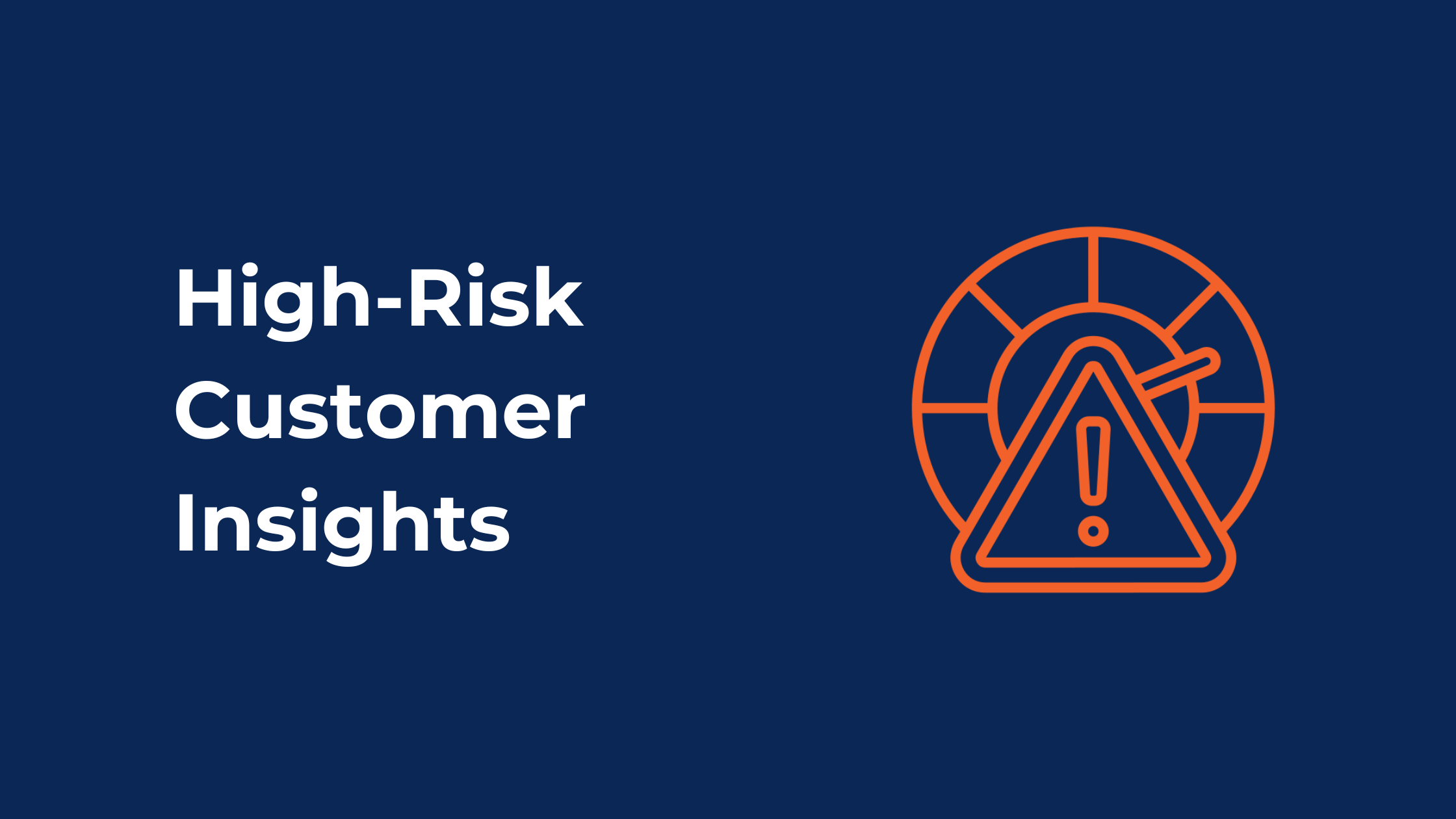In the ever-evolving landscape of financial services, performing due diligence and understanding high-risk customers has become paramount. The institutions and businesses are fraught with risks, and it is the responsibility of management to ensure business activities do not inadvertently aid financial crimes. Let us explore what constitutes a high-risk customer, the importance of identifying them, and the due diligence required to manage such risks effectively, emphasising the role of a robust AML risk management solution.
What Defines a High-Risk Customer
High-risk customers are individuals or entities that pose a greater potential for involvement in financial crimes such as money laundering, terrorism financing or fraud. These customers typically exhibit certain characteristics that distinguish them from regular customers. These may include unusual transaction patterns, involvement in high-risk industries, connections to politically exposed persons (PEPs) or a history of negative news and adverse media coverage.
High-risk industries include offshore financial centres, gambling and cash-intensive businesses. Customers from these sectors may require enhanced scrutiny to ensure compliance with regulatory standards. Utilising a digital identity verification service can be pivotal in accurately identifying and assessing these high-risk customers.
Importance of Identifying High-Risk Customers
Identifying high-risk customers is not just a regulatory requirement but also a crucial step in protecting a business’s financial integrity and reputation. Failure to properly identify and manage high-risk customers can result in severe financial penalties, legal consequences and irreparable damage to a company’s reputation. Moreover, the identification and management of high-risk customers help in preventing financial crimes. By implementing robust measures such as a comprehensive AML risk management solution, businesses can deter activities like money laundering and fraud, contributing to the broader fight against financial crime.
Customer Due Dilligence (CDD) and Enhanced Due Dilligence (EDD)
CDD is the standard process applied to all customers. It involves basic identity verification, understanding the nature of the customer’s activities and establishing the source of their funds. Regular monitoring is also part of CDD to ensure ongoing regulatory compliance. Leveraging a digital identity verification service can streamline this process, ensuring accurate and efficient customer verification.
For high-risk customers, EDD is implemented. EDD goes beyond the basic checks of CDD and involves detailed background checks, continuous transaction monitoring and an in-depth analysis of the customer’s financial behaviour. This may also require additional documentation and verification to mitigate the risks associated with high-risk customers. Compliance management software can greatly enhance the EDD process by automating and streamlining various tasks.
Effective customer due diligence often requires leveraging technology and software solutions that can streamline the process. Access to public and private databases allows for comprehensive background checks and monitoring. Additionally, collaborating with third-party service providers can enhance the due diligence process by providing specialised expertise and resources. A robust AML risk management solution and compliance management software can significantly improve the efficiency and accuracy of these processes.
Understanding and managing high-risk customers through an effective customer due diligence process is critical in today’s financial landscape. By identifying high-risk customers and implementing robust due diligence measures, institutions can protect themselves from financial crimes and regulatory penalties. Adopting best practices and continuously improving processes with the aid of a compliance management solution will ensure that businesses remain compliant with applicable laws and regulations.
